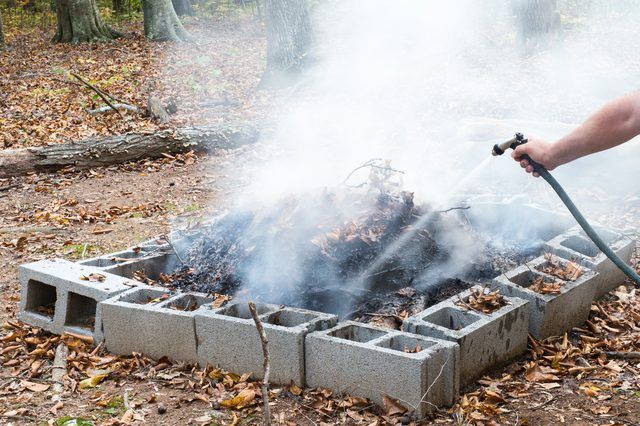Bulbs
Flower Basics
Flower Beds & Specialty Gardens
Flower Garden
Garden Furniture
Garden Gnomes
Garden Seeds
Garden Sheds
Garden Statues
Garden Tools & Supplies
Gardening Basics
Green & Organic
Groundcovers & Vines
Growing Annuals
Growing Basil
Growing Beans
Growing Berries
Growing Blueberries
Growing Cactus
Growing Corn
Growing Cotton
Growing Edibles
Growing Flowers
Growing Garlic
Growing Grapes
Growing Grass
Growing Herbs
Growing Jasmine
Growing Mint
Growing Mushrooms
Orchids
Growing Peanuts
Growing Perennials
Growing Plants
Growing Rosemary
Growing Roses
Growing Strawberries
Growing Sunflowers
Growing Thyme
Growing Tomatoes
Growing Tulips
Growing Vegetables
Herb Basics
Herb Garden
Indoor Growing
Landscaping Basics
Landscaping Patios
Landscaping Plants
Landscaping Shrubs
Landscaping Trees
Landscaping Walks & Pathways
Lawn Basics
Lawn Maintenance
Lawn Mowers
Lawn Ornaments
Lawn Planting
Lawn Tools
Outdoor Growing
Overall Landscape Planning
Pests, Weeds & Problems
Plant Basics
Rock Garden
Rose Garden
Shrubs
Soil
Specialty Gardens
Trees
Vegetable Garden
Yard Maintenance
How to Burn Yard Waste
How to Burn Yard Waste. While lighting a burn pile will reduce all those leaves, pruning clippings and other yard waste to a little heap of ashes in just a few hours, taking the proper safety precautions is imperative for protecting yourself and your property. With the right preparation, careful location and proper dousing, you can burn effectively...
While lighting a burn pile will reduce all those leaves, pruning clippings and other yard waste to a little heap of ashes in just a few hours, taking the proper safety precautions is imperative for protecting yourself and your property. With the right preparation, careful location and proper dousing, you can burn effectively without letting the fire get away.
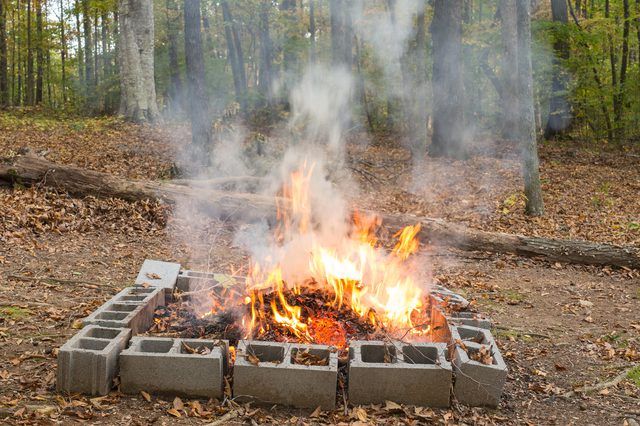
Limit burning yard waste to windless days, or as near windless as possible. If the wind is blowing more than 10 miles per hour, hold off. Check with the fire department responsible for your area before you burn. Laws, permit requirements, burn bans and other regulations vary at the state and even city level. In some areas, burning is illegal during certain times of year and often, local governments only allow burning during specified daylight hours.
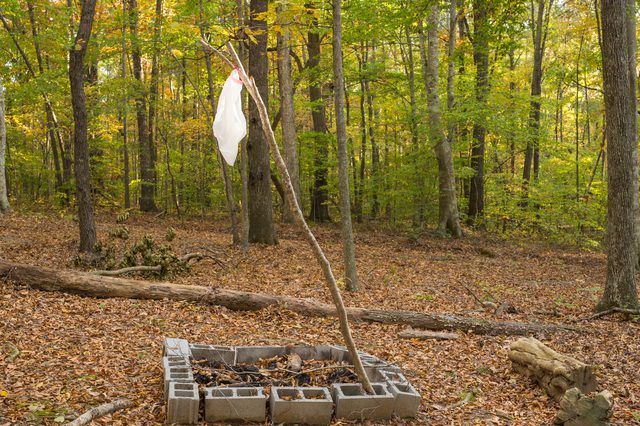
Check with the local fire department, city hall or the county courthouse to get specific location and spacing requirements for your area before you start. In general, locate the fire 150 feet away from your neighbor's house and at least 50 feet away from your house, any fences on the property, garden sheds and the garage. If your property backs up to a grassland or woodland area, light the fire at least 25 feet inside your property line. Be aware that burn barrels are illegal in many areas because they burn at a low heat, releasing high levels of pollutants into the air.
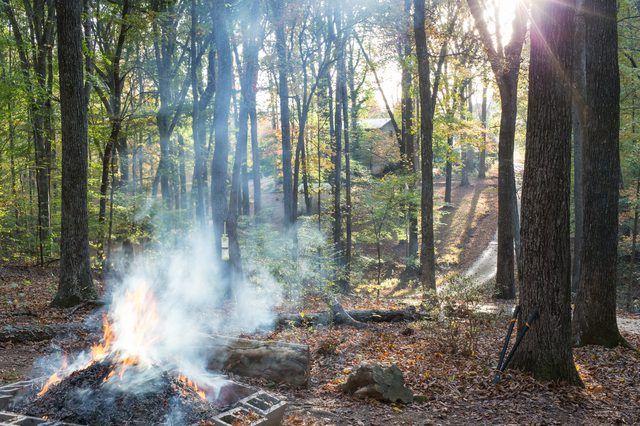
Keep your yard waste fire no more than 4 feet in circumference and 3 feet high and create a fire break -- a bare dirt area the same height and circumference as the fire -- around the burn area. Add to the fire as it burns down rather than creating one massive pile. Use newspaper and matches only to light the fire. Never use fire starters or gasoline on yard waste fires. Before you light, get a hose ready and keep a shovel and metal rake on hand. A shovel allows you to smother sparks and fire with dirt in an emergency while the rake allows you to quickly return logs or branches that roll off the fire.
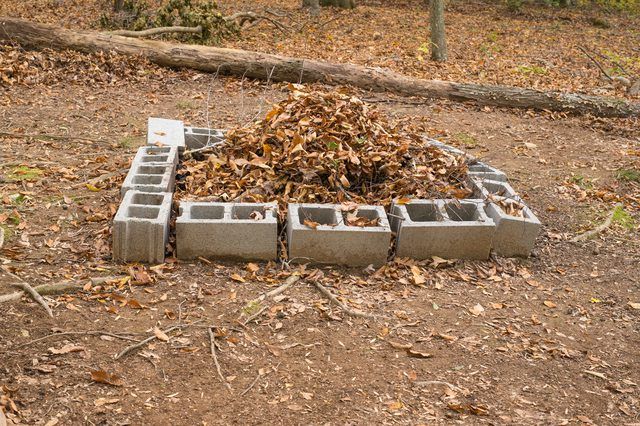
Burn only yard waste from your own property, such as leaves, small branches, grass and other yard clippings. Don't burn poison oak (Toxicodendron diversilobum), hardy in U.S. Department of Agriculture plant hardiness zones 5 through 9, poison ivy (Toxicodendron radicans), hardy in USDA zones 4 through 10, and poison sumac (Toxicodendron vernix), hardy in USDA zones 3b through 8b. Burning these poisonous plants will fill the air with highly toxic smoke. In most areas it is illegal to burn household garbage such as plastic, bleached paper, Styrofoam, batteries and any treated wood and construction garbage, or plastic containers that held pesticides at any time.
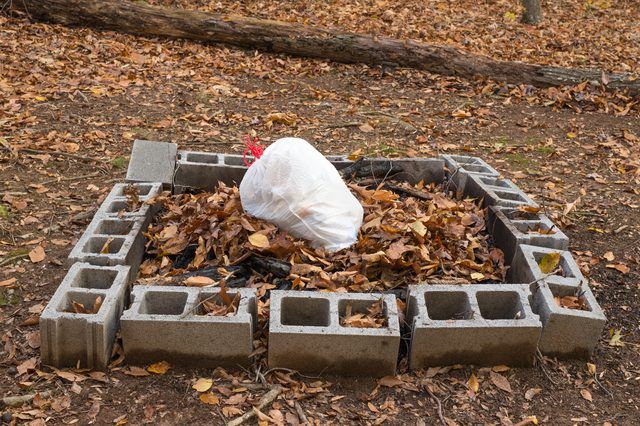
Fires need your constant attention so plan to burn on a day when you can be there the whole time. Don't leave, even for a minute without getting someone to watch it for you. When you're done burning, douse the fire with water and spread out the coals. Keep dousing and spreading the coals until the entire area feels cold to the touch.
